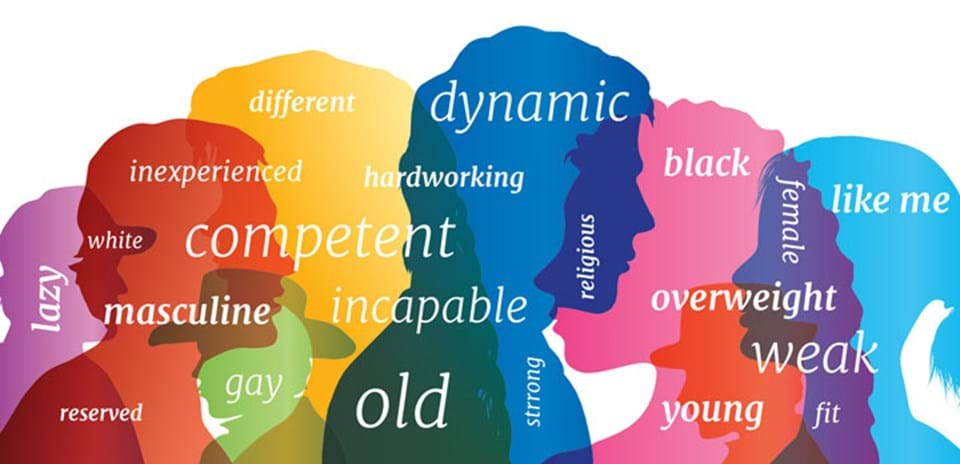Navigating Unconscious Bias with the Power of AI

As we continue to celebrate Black History Month, understanding unconscious bias can help us achieve racial equality in the workplace. Let’s learn more about what unconscious bias is and how professionals can be impacted by it.
Understanding Unconscious Bias:
Unconscious bias refers to making judgements or decisions about a person without being fully aware of it based on race, gender, sexuality, ethnicity, ability, age, and so on. It can manifest in various forms, such as affinity bias, confirmation bias, and the halo effect. Below are examples of these types of biases provided by High Speed Training:
Examples of Unconscious Bias:
- Affinity Bias: refers to when you unconsciously prefer people who share qualities with you or someone you like. It occurs because your brain sees them as familiar and relatable, and we all have a tendency to be attracted to people we feel that we can relate to.
- Example: During the hiring process, employers might unconsciously lean towards candidates who share similar cultural backgrounds, unintentionally disadvantaging those with different experiences.
- Confirmation Bias: refers to how people primarily search for bits of evidence that back up their opinions, rather than looking at the whole picture. It leads to selective observation, meaning you overlook other information and instead focus on things that fit your view.
- Example: A candidate arrives 10 minutes late to a job interview and you assume that they lack organizational skills, so throughout the interview you selectively focus on anything that backs up this idea to disqualify them
- Halo Effect: The halo effect occurs when we focus on one particularly great feature about a person. You view everything about the person in a positive, ‘halo’ light, which makes you think they’re more perfect than they are. Similar to affinity and confirmation bias, this makes us overlook other information.
- Example: A manager favors the employee who is a fan of the same sports team more than the employee who is not.
How Unconscious Bias Affects Job Seekers
Job seekers often face unique challenges related to unconscious bias, including:
- Stereotyping: Assumptions based on racial stereotypes can influence how candidates are perceived, impacting their chances of fair consideration.
- Opportunity Disparities: Unconscious bias may contribute to unequal access to employment opportunities, limiting the professional growth of individuals.
- Microaggressions: Subtle, unintentional discriminatory remarks or behaviors can create a hostile work environment, affecting the mental well-being of employees.
How Employers Can Eliminate Unconscious Bias:
As artificial intelligence (AI) becomes more mainstream, many companies are turning to AI to enhance their diversity, equity, and inclusion efforts. AI has the capabilities to help employers with hiring in the following ways:
Blocking Unconscious Bias in Hiring:
Advanced AI technologies takes a more comprehensive approach by removing all potential pieces of bias from job descriptions and candidate evaluations. Organizations can run job descriptions through AI platforms, receiving suggestions for alternatives to biased language. When resumes are submitted, the technology strips out elements that might introduce bias, such as names, pronouns, addresses, educational institutions, and extracurricular activities. AI then matches candidates based on skills and experience, providing hiring managers with an unbiased rank list.
Widening the Candidate Pool:
AI not only helps eliminate bias but also contributes to widening the talent pool. By analyzing job descriptions, AI advises organizations on adjustments to attract a more diverse audience. For instance, if a company aims to increase the representation of female candidates for a data scientist role, AI analyzes trends and recommends changes to the job post. The technology can identify skills that may be limiting the diversity of applicants. This approach expands the talent pool and increases the availability of qualified candidates from underrepresented groups.
Identifying and Addressing Gaps:
AI can also help identify and address barriers beyond the initial resume review. AI enables organizations to gain visibility into each step of the hiring process, tracking where candidates from diverse groups may be falling out of the pipeline. This data-driven approach allows for targeted analysis, interventions, and adjustments to improve diversity at all stages of recruitment.
AI emerges as a powerful ally. By combining the right technology with human expertise, organizations can position themselves to achieve their diversity goals and work to eliminate unconscious bias head-on. Both job seekers and employers can contribute to an environment where talents are recognized, opportunities are equal, and every individual, irrespective of their background, can thrive professionally.

